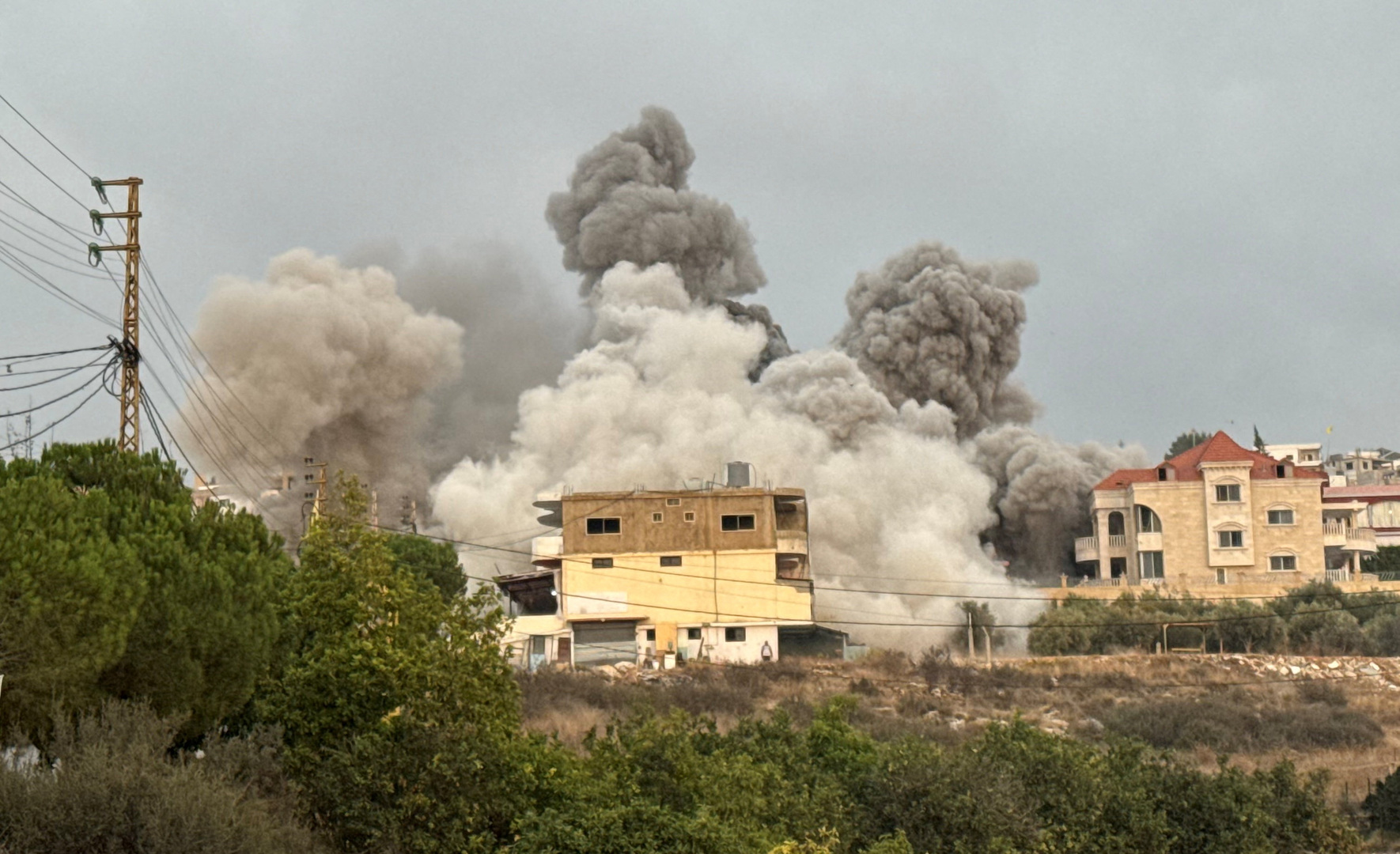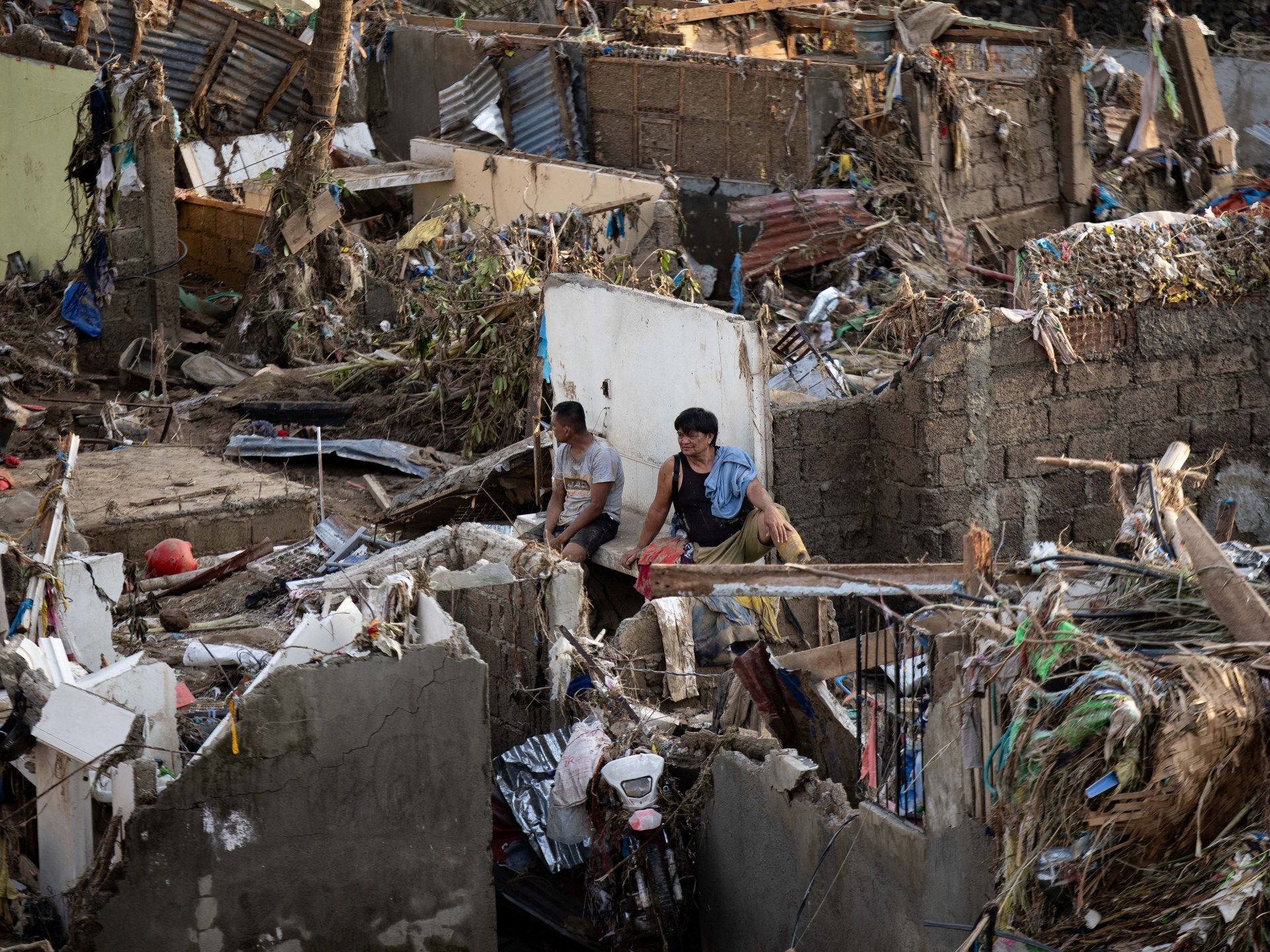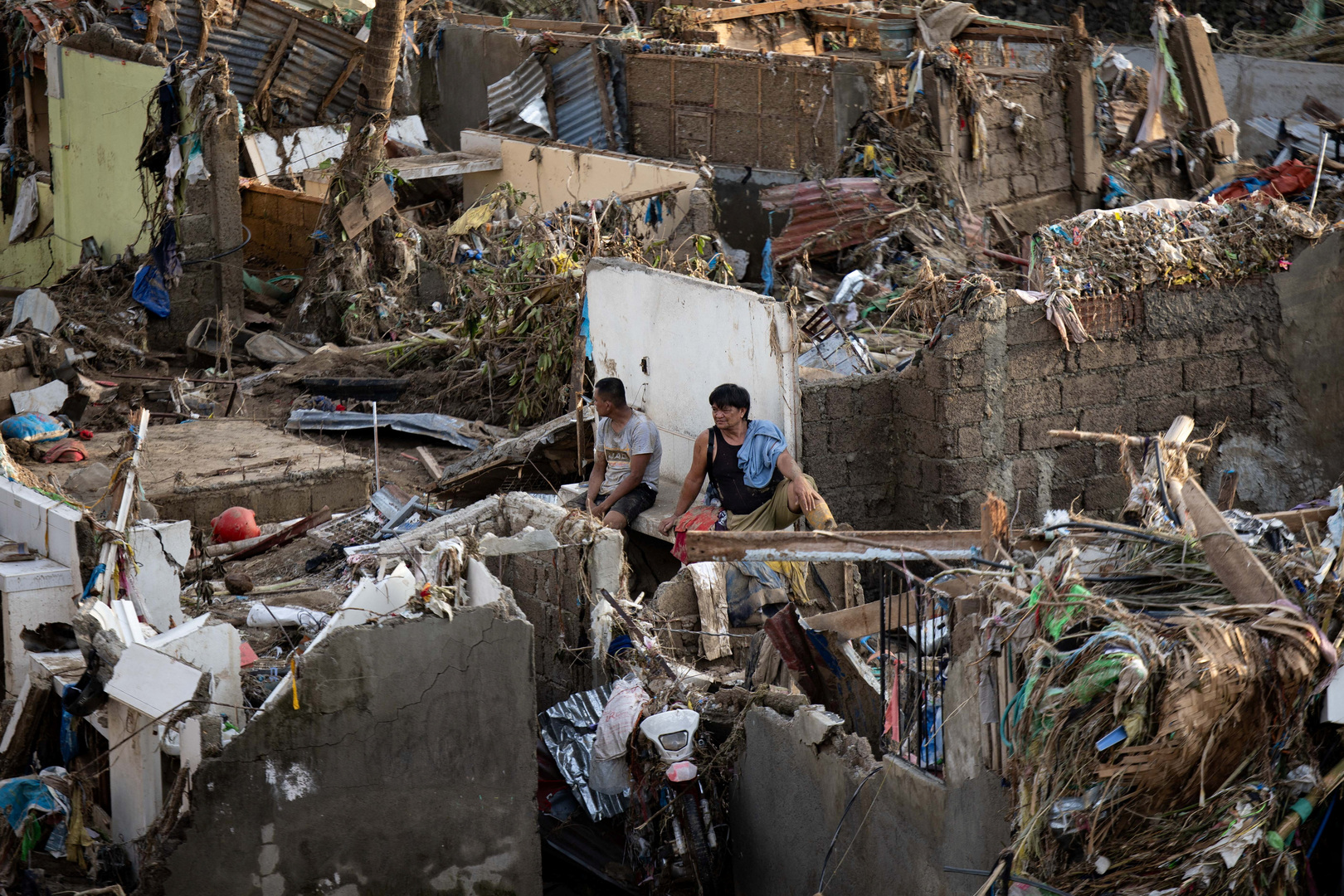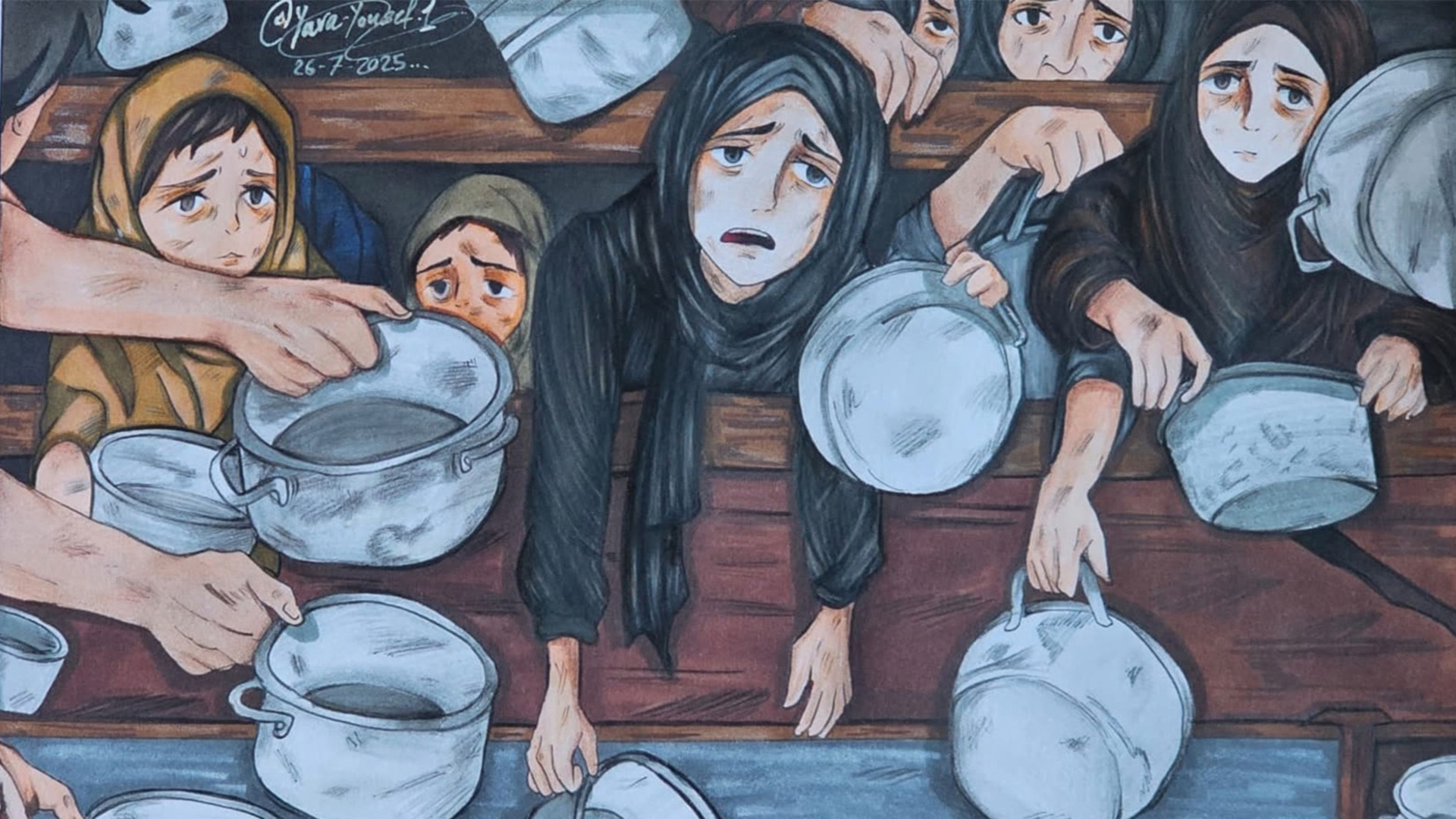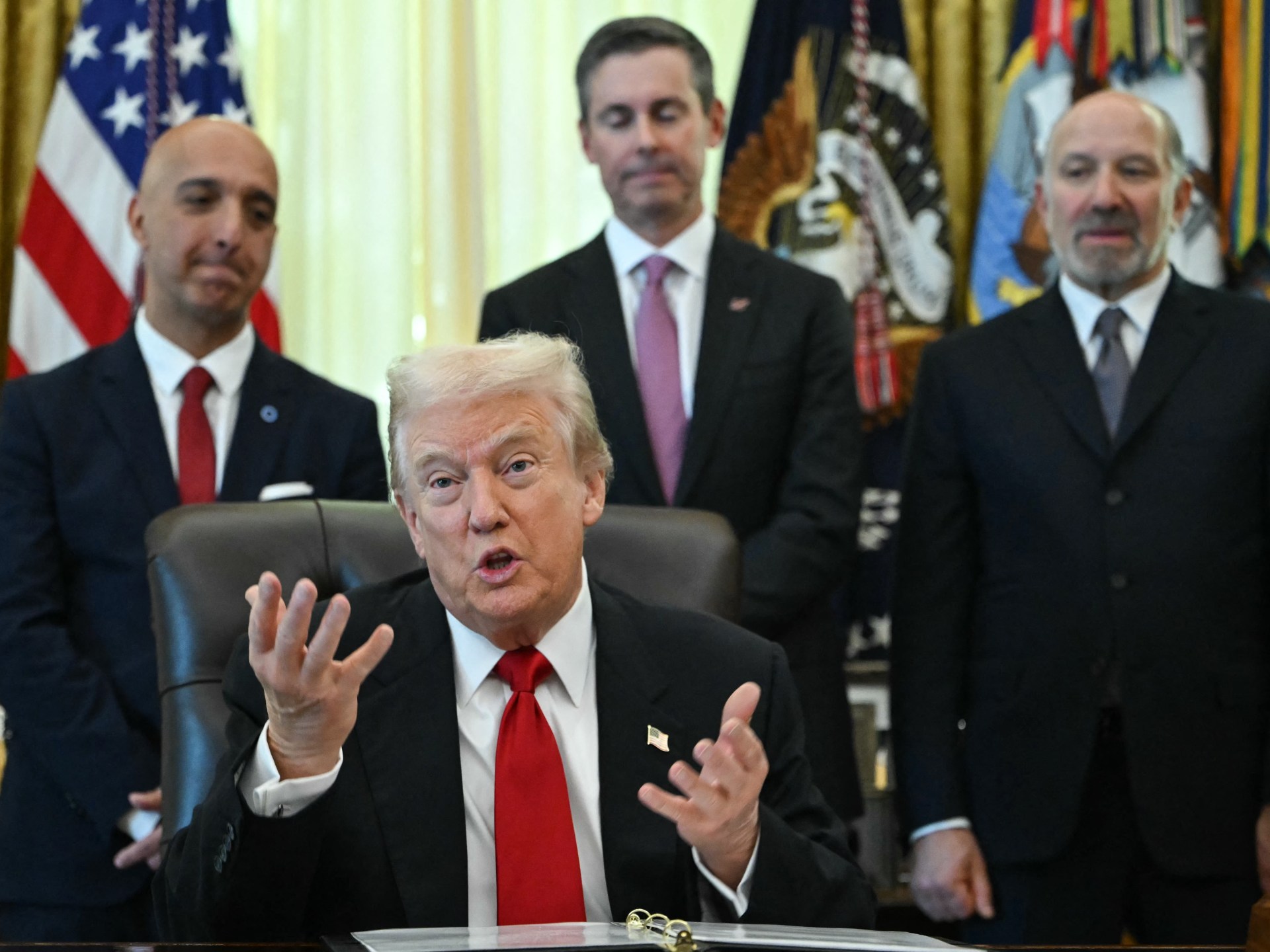This year is set to be among the hottest on record, sinking the world even deeper into the climate crisis and threatening “irreversible damage,” the United Nations says in a new report.
Years 2023, 2024 and 2025 are set to be the hottest years ever recorded, with this year on track to be the second or third hottest ever in 176 years of record keeping, the World Meteorological Organization (WMO) said in the report released on Thursday in advance of next week’s COP30 UN climate summit in Brazil.
Recommended Stories
list of 3 itemsend of list
The UN report offered some stark observations, including warnings that concentrations of greenhouse gases have grown to new record highs, locking in more heat for the future, while the past 11 years, 2015 to 2025, will individually have been the 11 warmest years.
Together, these developments make “it clear that it will be virtually impossible to limit global warming to 1.5C [2.7F] in the next few years,” WMO chief Celeste Saulo said in a statement, referring to the 2015 Paris climate accords.
The legally binding pact limiting greenhouse gas emissions aimed to provide the world a roadmap for breaking away from fossil fuels that have powered the global economy since the Industrial Revolution and looked to limit global warming to well below 2C (3.6F) above pre-industrial levels, and to 1.5C if possible.
But the world has fallen short of its Paris obligations, with the WMO now saying limiting global heating to the goals of the 2015 agreement is virtually impossible.
“This unprecedented streak of high temperatures, combined with last year’s record increase in greenhouse gas levels, makes it clear that it will be virtually impossible to limit global warming to 1.5C in the next few years without temporarily overshooting this target,” Saulo said. “But the science is equally clear that it’s still entirely possible and essential to bring temperatures back down to 1.5C by the end of the century.”
In the report, the WMO said the mean near-surface temperature — about 2 metres (6 feet) above the ground — during the first eight months of this year stood at 1.42C (2.5F) above the pre-industrial average.
At the same time, concentrations of heat-trapping greenhouse gases in the atmosphere and ocean heat content continued to rise this year, up from 2024’s already record levels.
In its annual report on Tuesday, the UN Environment Programme also confirmed that emissions of greenhouse gases increased by a further 2.3 percent last year, an increase driven by India, followed by China, Russia and Indonesia.
UN chief Antonio Guterres called the inability to limit the rise in global temperatures a “moral failure” on Thursday at the opening of a leaders’ summit in Brazil before COP30.
“Each year above 1.5 degrees will hammer economies, deepen inequalities and inflict irreversible damage. We must act now, at great speed and scale, to make the overshoot as small, as short, and as safe as possible – and bring temperatures back below 1.5C before the end of the century,” Guterres said.
‘Significant advances’
The WMO said the impact of temperature rises can be seen in the Arctic sea ice extent, which, after the winter freeze this year, was the lowest ever recorded.
The Antarctic sea ice extent, meanwhile, tracked well below average throughout the year, it said.
The UN agency also highlighted numerous weather and climate-related extreme events during the first eight months of 2025, from devastating flooding to brutal heat and wildfires, with “cascading impacts on lives, livelihoods and food systems”.
In this context, the WMO hailed “significant advances” in multi-hazard early warning systems, which it stressed were “more crucial than ever”.
Since 2015, it said, the number of countries reporting such systems had more than doubled, from 56 to 119.
It hailed in particular progress among the world’s least developed countries and small island developing states, which showed a 5 percent rise in access in the past year alone.
However, it lamented that 40 percent of the world’s countries still have no such early warning systems.
“Urgent action is needed to close these remaining gaps,” it said.
